When Adrian Mall first opened its doors in 1970, it reshaped Adrian, Michigan.
For years, this enclosed center drew shoppers from all over Lenawee County with the promise of Sears, Woolworth, and soon after, JCPenney.
Things shifted quietly over time, but the early days were filled with optimism - a new mall, a growing city, and a downtown trying to keep pace.
The story behind Adrian Mall is layered with deals, expansions, slowdowns, and surprising turns that stretch across five decades.
Retail Groundbreaking - Adrian Mall's Grand Debut
September 3, 1970, marked a fresh chapter for Adrian's retail sector when Adrian Mall officially opened at 1357 S. Main Street.
Developed by M. H. Hausman, the mall was designed as an enclosed shopping destination at a time when such complexes were becoming symbols of suburban prosperity across the Midwest.
Its first two anchor tenants, Sears and F. W. Woolworth Company, were major players nationally, helping give the new mall instant credibility.
Woolworth's shelves were packed with everything from housewares to candy, while Sears attracted shoppers looking for new appliances, tools, and clothes.
With those two in place, Adrian Mall gave people real reasons to swing by.
When JCPenney opened its doors in April 1971, it sealed the deal - Adrian's new mall had officially arrived on the regional retail map.
The mall stretched out over one level, covering about 373,000 square feet - plenty of room for a city like Adrian in the early 1970s.
Wide parking lots wrapped around the building, built for a time when just about everyone drove everywhere and expected an easy spot close to the doors.
The mall's opening came as Adrian was balancing its manufacturing roots and a shifting economy, and the new mall fit neatly into that transitional story.
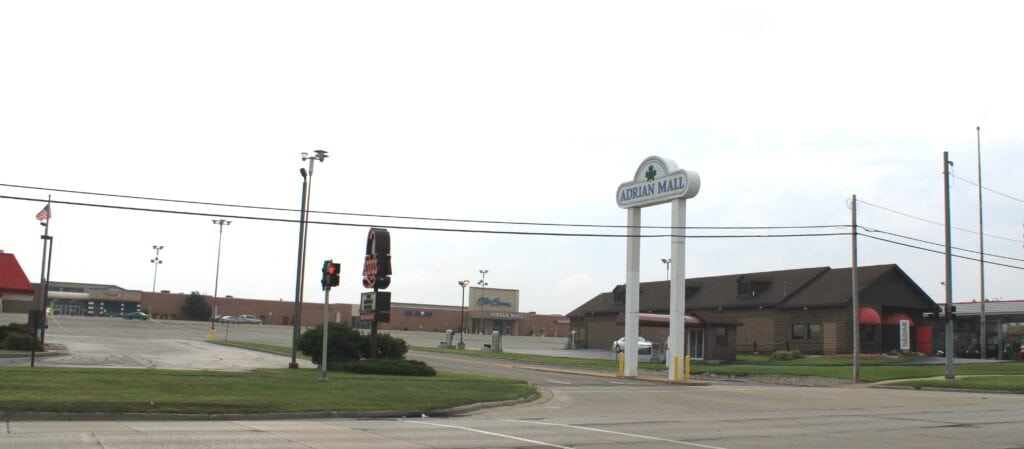
1985 Expansion Push - New Tenants and Capital Investments
Fifteen years after Adrian Mall opened, it needed a fresh boost.
In 1985, a $1.5 million renovation got underway, adding Elder-Beerman as an anchor.
The new store stretched along the east side, pulling in shoppers who had grown used to bigger, newer malls springing up across southern Michigan.
The renovation touched more than just the anchor space.
The flooring was updated, new lighting was installed in the common areas, and entry points were carefully reworked.
The mall's bones stayed the same - it still held to its 1970s single-level layout - but management clearly hoped a facelift and a high-profile tenant would draw attention back to South Main Street.
Shifting Management - Sales, Strategy, and Ownership Swaps
The early 2000s brought a quiet but steady shift behind the scenes at Adrian Mall.
In 2002, General Growth Properties stepped in to manage operations at a time when national mall operators were starting to tighten spending and focus energy on their top-performing centers.
Adrian Mall mostly held steady under their watch, though no major expansions or flashy upgrades emerged during that period.
By 2008, management flipped again - this time to CBL & Associates Properties.
CBL stepped in during one of retail's roughest stretches, when bankruptcies, changing habits, and a slowing economy started putting pressure on malls everywhere. Adrian Mall was no exception.
Jones Lang LaSalle took over management duties in 2010.
Their strategy leaned heavily into small, short-term leases - a move that kept lights on but could not stop the feeling that the mall was slipping.
By 2014, ownership had completely changed hands when Tabani Group, a Texas-based firm known for scooping up underperforming malls, bought the property.
Across those dozen years, Adrian Mall cycled through management groups and ownership firms, each promising improvement but delivering only survival.
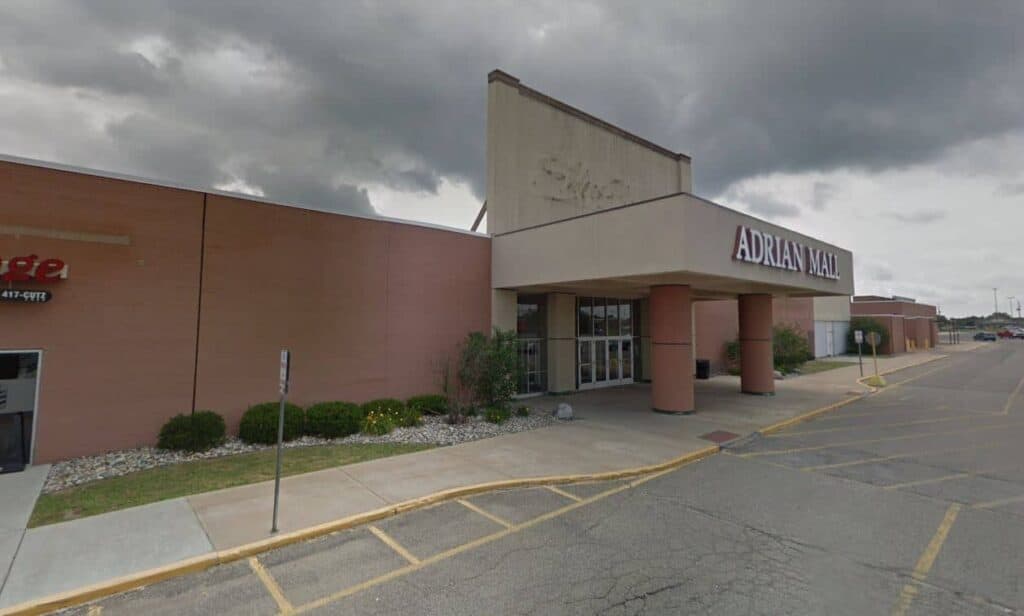
Tenant Losses and Retail Realignment - The Decline Begins
By the late 2000s, it was getting harder to ignore the empty storefronts along Adrian Mall's once-busy corridors.
Waldenbooks closed its doors in 2009, part of a nationwide wave of bookstore shutdowns that left gaps across many malls.
Around the same time, one of the last operating Sam Goody music stores also closed, a small but noticeable blow to the mall's entertainment options.
Sears, which had anchored the property since its opening day in 1970, shuttered its Adrian location in 2012.
With the old Sears space sitting dark, mall management started pitching ideas for reuse.
In 2013, plans were drawn up to carve part of the empty store into a Hobby Lobby and to introduce a Buffalo Wild Wings on an outparcel nearby.
The blueprints signaled some hope that a fresh batch of mid-market tenants could breathe life into the struggling complex.
Meanwhile, JCPenney, another original anchor, announced in January 2015 that its Adrian Mall store would close.
By May 2016, Dunham's Sports had moved into the former JCPenney wing, claiming part of the space that used to house MC Sports as well.
Dunham's opening was celebrated with signs, balloons, and opening-week discounts, but the mall's deeper structural problems were becoming harder to mask.
Elder-Beerman, the last of the big three anchors added in the 1985 expansion, closed in April 2018 after its parent company, Bon-Ton Stores, filed for bankruptcy.
With only Hobby Lobby and Dunham's left operating on opposite ends of the mall, Adrian Mall inched closer toward a reality many aging malls were facing: big spaces, small crowds, and few new deals getting inked.
Emergency Repairs and Condemnation - The Final Blow
By early 2019, the Kohan Retail Investment Group quietly acquired Adrian Mall, one of their many bargain buys.
For a brief moment, locals buzzed with hope, but behind the scenes, the building itself was telling a different story.
Roof leaks, water damage, and peeling interior walls became visible even during casual strolls through the corridors.
In March 2020, city inspectors nearly condemned the entire property after determining that the roof replacement promised earlier had never been completed.
A permit had been pulled, but actual work? It was almost nonexistent.
City officials gave the mall until April 11, 2020, to finish urgent repairs. No major fixes appeared.
By June 16, 2020, the Adrian Mall was officially condemned. The owners were given until July 31 to bring the building up to code or stay shut.
Hobby Lobby and Dunham's Sports were allowed to remain open since their sections were structurally separate and deemed safe.
Even as deadlines loomed, parts of the mall found new life in strange ways.
Corta Development purchased the former Sears footprint and announced plans for Ollie's Bargain Outlet, which opened on March 24, 2021.
It was a small victory, but the broader picture was clear by then: Adrian Mall's days as a bustling retail center were over, and the slow march toward redevelopment or demolition had begun in earnest.
Partial Redevelopment and Forced Demolition - The Endgame
Across 2022 and into 2023, conversations about full-scale redevelopment started circling more publicly.
The Adrian City Planning Commission greenlit phase one of a new plan early in 2023, clearing the way for NewLife Church to move into the vacant Elder-Beerman building.
There were also site approvals for a proposed Dairy Queen on an adjacent outlot.
The church project moved forward, but other parts of the plan, like new retail or restaurant spaces, stalled.
By March 2025, patience at City Hall had run out.
Following another round of inspections, officials found worsening mold, active leaks, and dangerous wall separations inside the main building.
The city issued an order: the mall's current owners, Kohan Retail Investment Group, operating locally as Adrian Development Group, will have until June 4, 2025, to demolish the condemned sections between the main entrance and the Ollie's footprint.
Initial demolition orders had asked for an even broader teardown, targeting parts between Ollie's and Dunham's Sports.
However, after negotiations and engineering reviews, the city trimmed the demand to focus on the worst areas.
What remains of Adrian Mall today covers about 40 acres on Adrian's south side.
The standing structures - Ollie's, Hobby Lobby, and Dunham's - are technically viable.
The old interior corridor that once connected it all is set to disappear.
For the first time since 1970, Adrian is looking at the south end of Main Street without its original mall shaping the skyline.
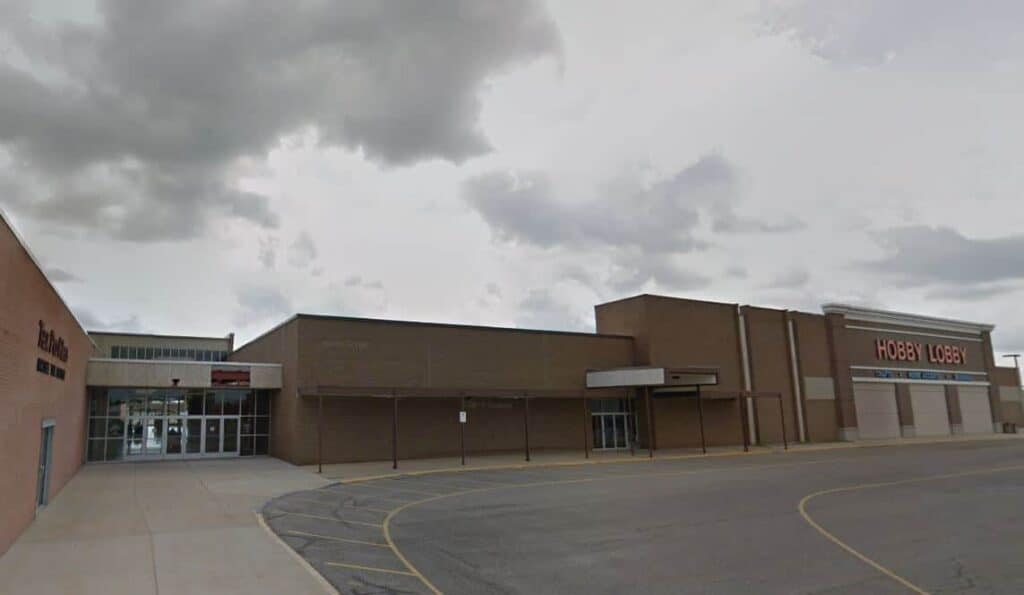
🍀

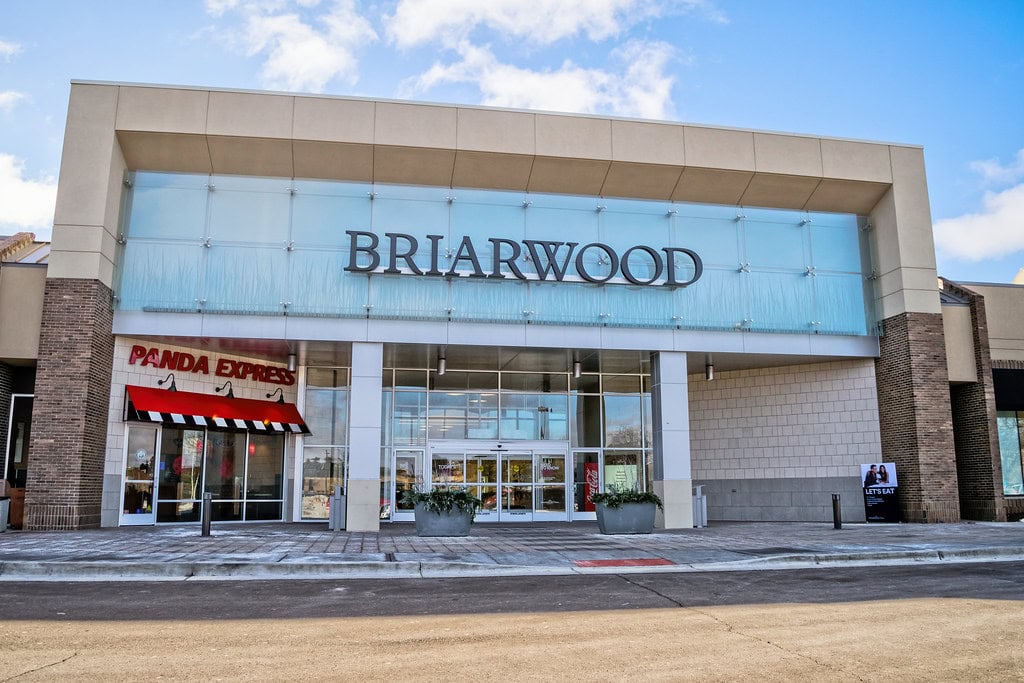
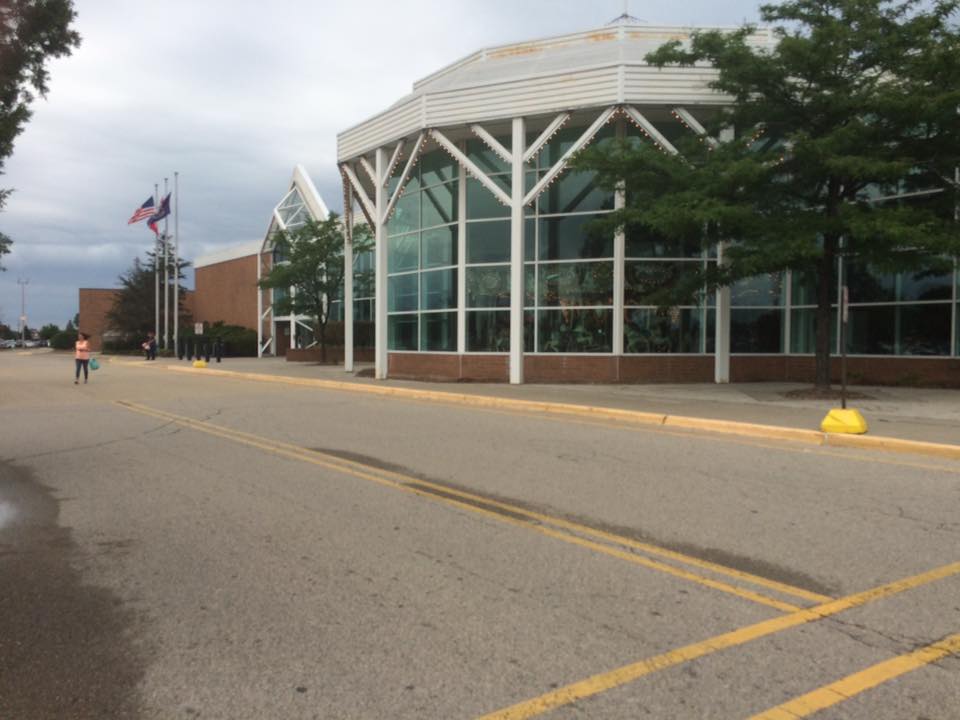

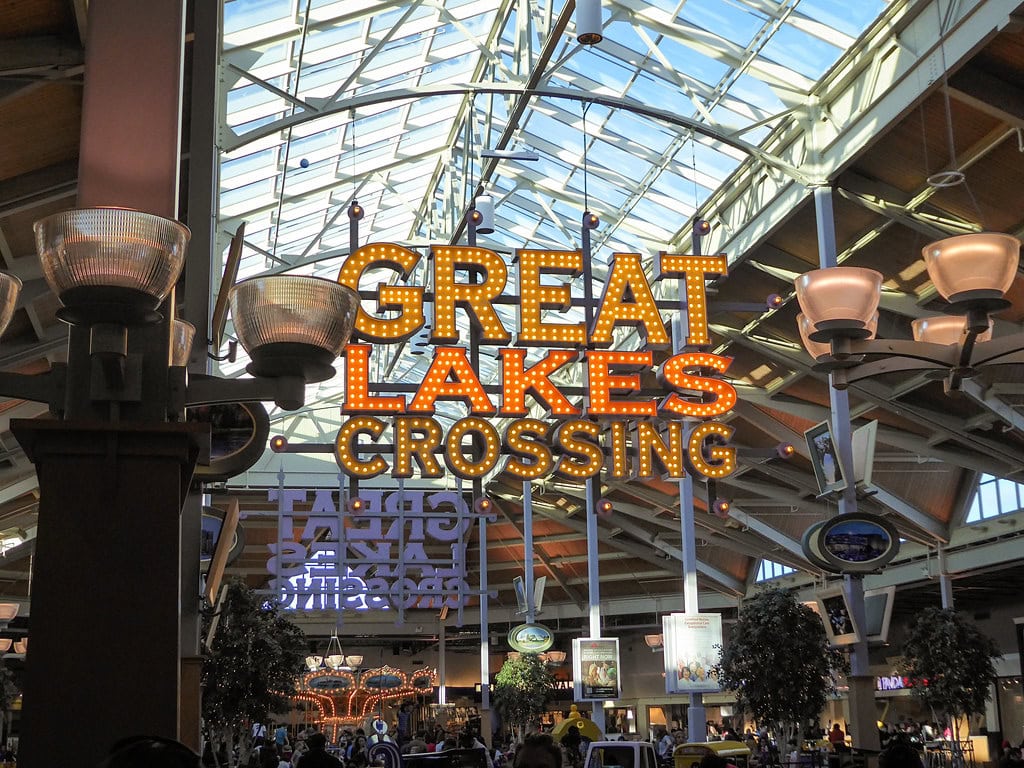
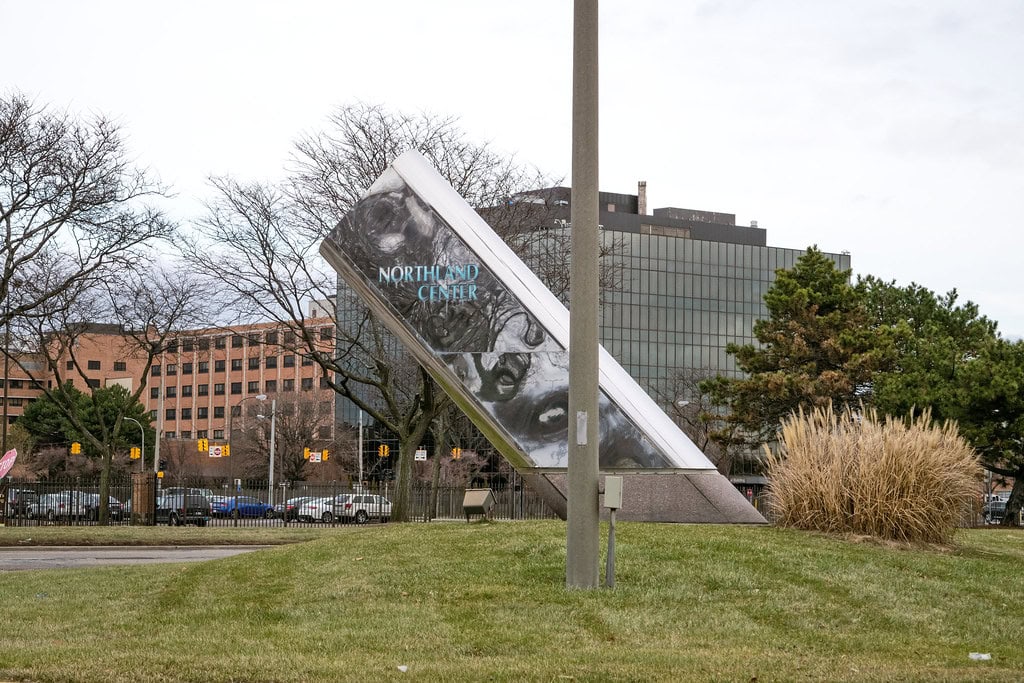
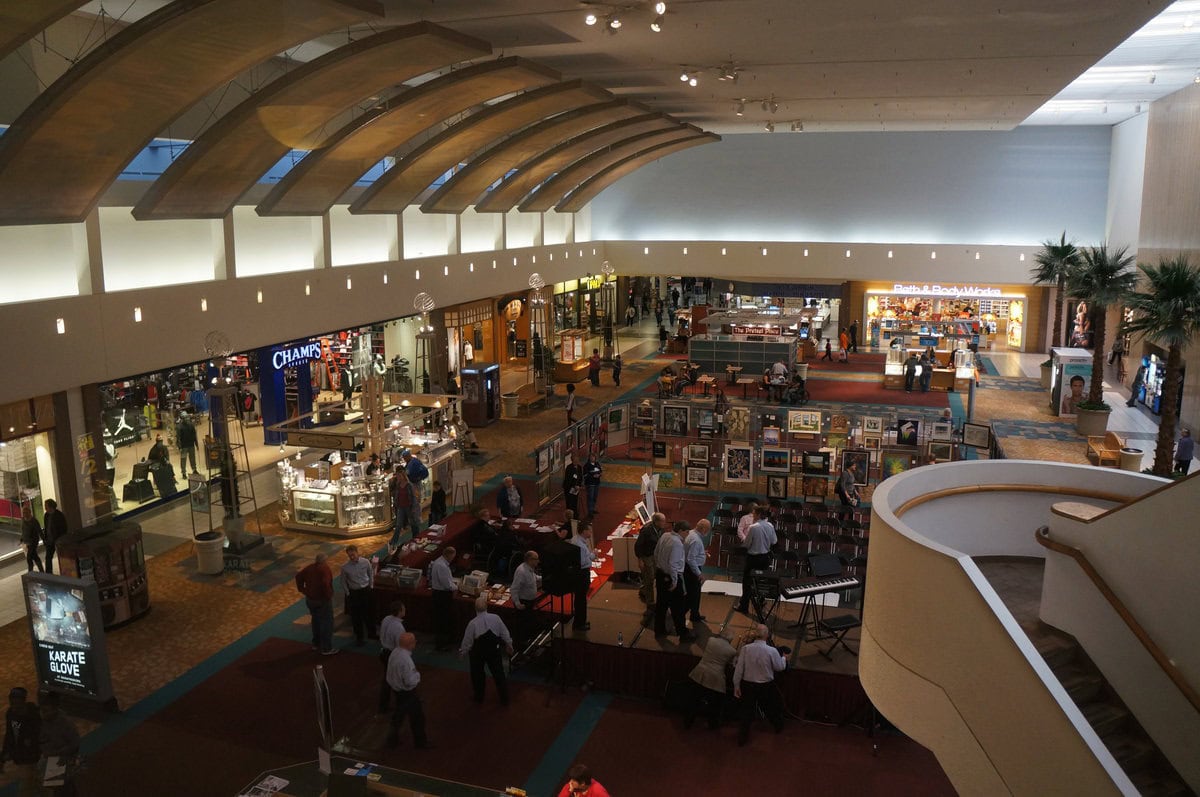
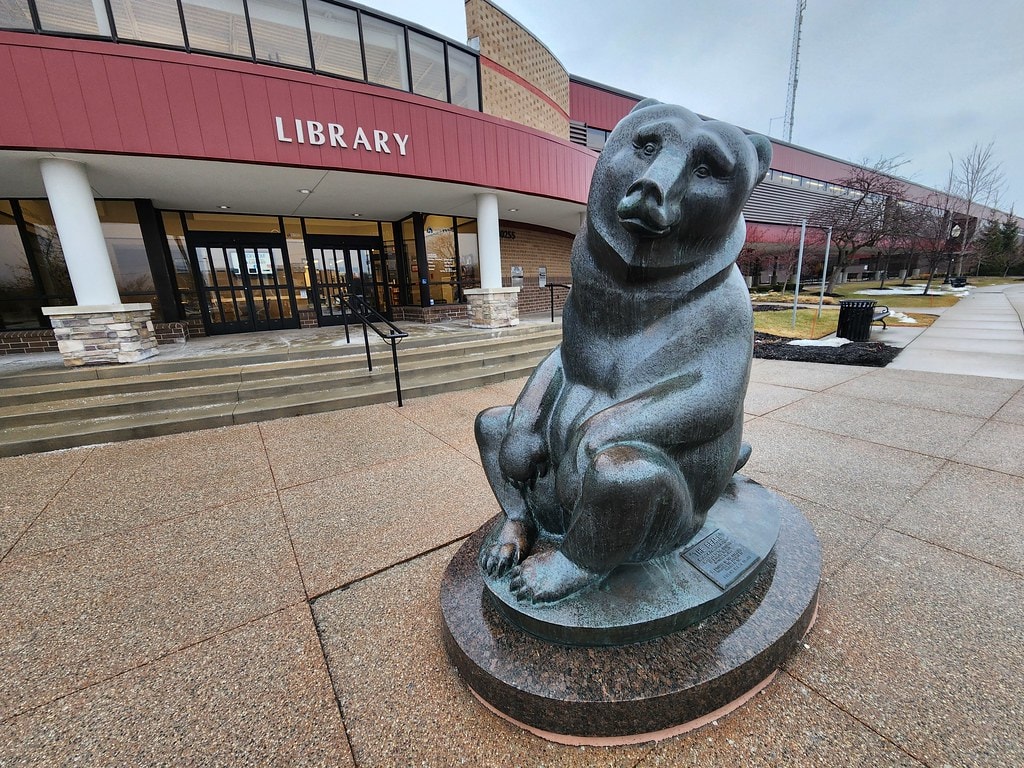
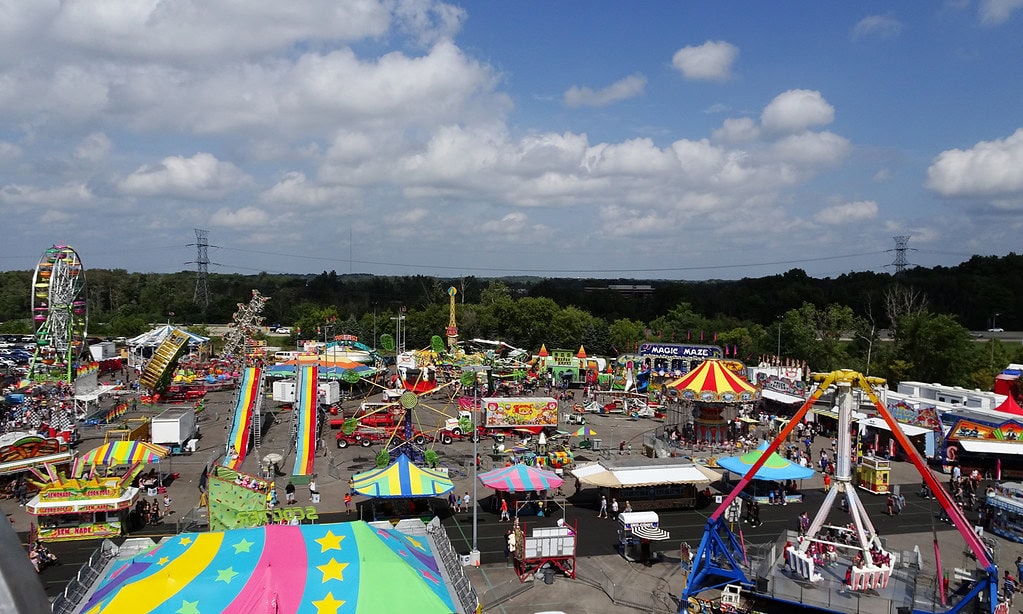
I was a ten year employee with SuperX
Drugs (1976-1986) located across from SEARS. Moved away from Adrian, Michigan to Florida in July 1986. I return every year to visit family still living in Adrian.
Sad to see the MALL going downhill.
Hopefully it can still make a “Come-Back”.
Thank you for sharing this article.
Thank you for sharing your personal experience with SuperX Drugs and Adrian Mall! It's always great to hear from someone connected to the place. I understand your concerns about the mall's current state, and also hopeful for its bright future.
I think the plan stinks. We needed a mall not another place of worship or a dairy queen. We loved Adrian mall.
Thank you for your thoughts on Adrian Mall. Clearly, the mall held a special place in the community, and its transformation is a point of contention. It's disappointing when a beloved space doesn't evolve in the way the community hopes. However, change is constant, and this new direction may offer unexpected benefits.
I loved the mall but times have totally changed. we don't need malls when everything is available online with overnight or even same day delivery. adrian cannot be stuck in the past That space needs to turn into something absolutely beautiful with something for every generation. a beautiful outdoor space to just relax A place where youths can gather and get off their phone and games and do stuff like Lasertag or whatever new is out there we shouldn't have to journey to Toledo or Ann Arbor for kids to have a good time out of the house. A sweet putt putt with arcade and cool go kart although those are hard tondonin this climate. terrible we have to travel to something so fun and basic as putt putt. tecumseh has nice one but we can have a really sweet one right there. enough room too include an andoor/outdoor place to play tennis and pickles all. Heck even aplace for e-sports where games can form teams.and compete would at least get kids and even adults out of the house. There is so much potential here if we look forward and not try to recreate the past. I want people from Toledo and Ann Arbor to come HERE!
You've built a whole blueprint here, and it's hard to argue with. What you're describing is less about retail and more about giving people a reason to gather, across generations. If Adrian Mall won't survive as a place to buy socks, maybe it can become a place to play, walk, watch, and meet.